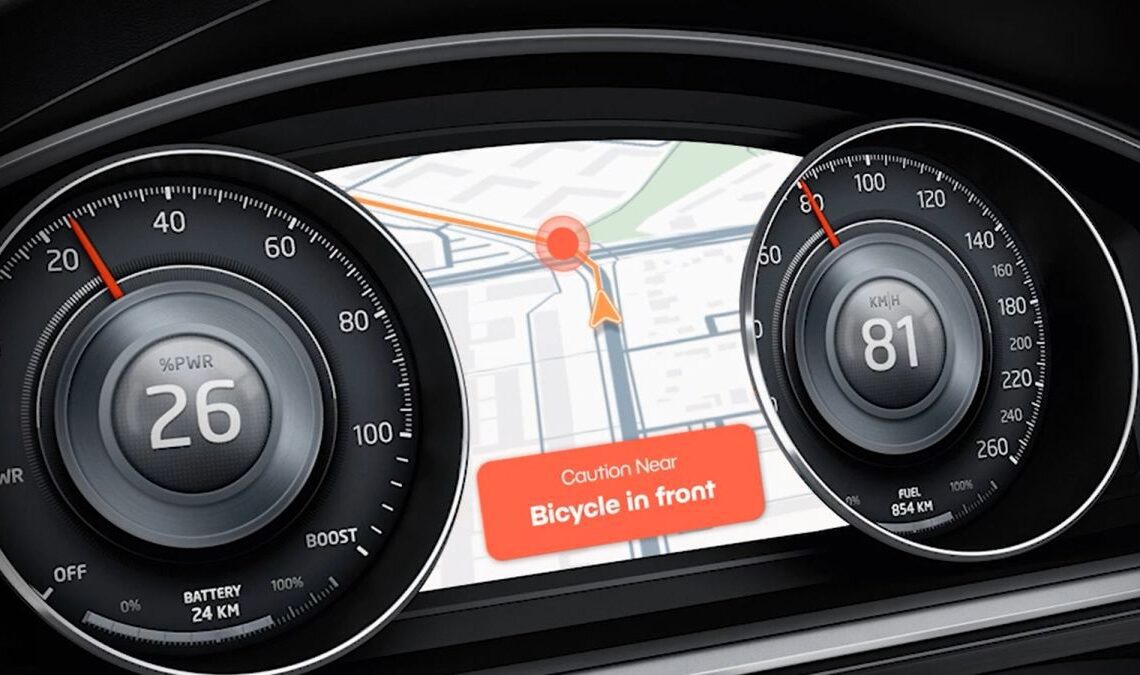A new standard is rolling out across the globe right now. It’s called C-2VX and world governments have cleared the way. According to the 5G Automotive Association (5GAA) “C-V2X technology is set to revolutionise the mobility ecosystem and the way drivers interact with the world.” As the barriers fall away, technology leaders representing a vast swathe of interconnected industries are starting to interpret what it’s going to look like. It all starts with small implementations and little details, and cyclists stand to gain – or lose – a lot depending on how the future rolls out.
When it comes to keeping cyclists safe, there’s traditionally been two sides. On one side, technology like the best road bike helmets or the best commuter helmets aim to keep cyclists safer in the event of a collision, while the best bike lights make sure that cyclists are as visible as possible. The problem is that these are not the solution to safety and even the ways they influence outcomes are more complex than you might think. The bottom line is that they help, and cyclists will use the tools available to them.
The other side of traditional bike safety discussions doesn’t involve the cyclist at all. This discussion revolves around infrastructure and there’s no doubt it works. If we as a society want to keep cyclists safe, we need to build better infrastructure. Despite this fact, infrastructure is slow to change. As technology pushes rapidly forward, are there more options available?
I recently had the opportunity to experience just that. German car manufacturer Audi, Swiss bike brand BMC, and USA-based Spoke have products that will impact bicycle safety and I experienced it firsthand.
What are we talking about?
C-V2X stands for Cellular Vehicle-to-Everything and the foundation is a dedicated piece of the wireless spectrum. The exact frequencies will differ slightly depending on the country but Qualcomm, and other chip manufacturers, will handle that. What’s important to understand is that having a dedicated spectrum means direct device-to-device communication. There’s no need to depend on connectivity with a cellular network and there’s also no delay as devices connect to the network then route to each other.
The interactions are connectionless ‘on-the-fly’ distance-based groups that are instant and flexible. Each device uses a multicast system…
Click Here to Read the Full Original Article at CyclingNews RSS Feed…

